Twice as expensive, three times as good
Jan 24, 2018, Updated Oct 06, 2018
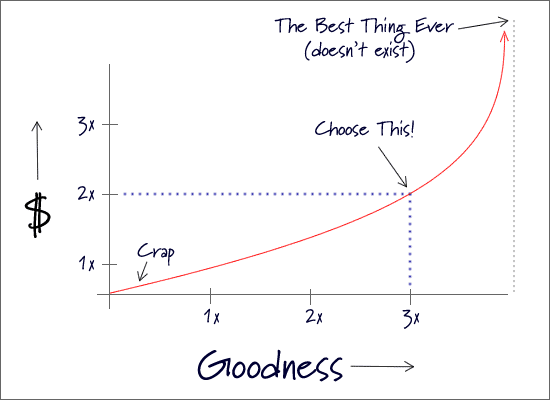
Nine Thousand Dollars Better
Shortly after I finished college, I worked part-time at a high-end audio store. This was no Best Buy; it was an audiophile’s dream, filled with some of the finest home audio equipment available.
They had two demo rooms, the shelves filled with entry-level and mid-range speakers, CD players, and amplifiers. It was all good gear, but it was nothing compared to what they kept in “The High End Room.” This wondrous space had a separate lock on the glass door. Glass, of course, so you could peer in and lust after the unobtainable.
Everything in the room was top-of-the-line, from the $40,000 speakers (with huge slabs of granite on the sides) down to the $10,000 speaker cables. Yep, ten large for just the cables from the amplifier to the speakers. (In their defense, these were no ordinary wires. They were about an inch in diameter and had a large box in the middle with all sorts of top-secret electronics, which presumably gave the electrons a Swedish massage as they passed through).
Because we frequently moved speakers around, one of the pins on the cables broke. While it was out for repairs, we switched to the next model down (which sold for a measly $1,200).
When the repaired cables were returned, they tasked me with hooking them back up. It was a slow day, so they let me listen for awhile, comparing the two cables to see if I could hear a difference.
After enjoying some truly fantastic recordings, I came back to the front of the store. John, one of the salesmen, eagerly asked, “So? What did you think?”
“Her voice was a tiny bit clearer and more realistic. I think they sounded better, but I’m not sure they sounded nine-thousand-dollars-better.”
John just shrugged and said, “Better is better.”
Finding the Sweet Spot
When money’s no object, and it doesn’t matter whether you spend $1,500 or $10,000 on a pair of speaker cables (stop laughing, please), then yes, better is better.
But what about for the rest of us? We have to draw the line somewhere, right? I’ve been pondering this for awhile now, and I’ve come to a few realizations:
First, “Best” is a fallacy. There’s always going to be something better. There is no such thing as attaining perfection.
Second, the closer you get to the mythical “Best,” the more expensive something becomes.
Third, and most importantly, it’s an exponential relationship. The tiniest of incremental improvements will cost increasingly more and more as you get closer to the top.
The reverse is true, too. If you start from total junk, it takes very little money to move up by a significant margin.
So it seems the sweet spot is somewhere in the middle — a few steps above “crap,” but a few steps below “perfection.” I think that spot lands at about twice as expensive and three times as good.
Good Food
How you apply this whole philosophy really depends on how you define “good.” It can be applied to just about any purchase, but let’s consider it in the context of food (this is a food blog, after all).
Taste is probably the highest priority in defining “good.” Many people stop there.
There are many other criteria to consider: Healthfulness (more nutritious! organic! whole grain!), environmental impact (locally-sourced! grass-fed!), ethics (fair-trade! family farms! humane treatment of animals and workers!), and so on and so forth.
For example, let’s say I can get a pound of tomatoes at a big grocery store for $2. They’re not organic, they’ve been trucked halfway across the country, and frankly, they’re pretty darn bland. But what if I go to the farmers’ market, and find a pound of tomatoes that taste delightful (I know this because they gave me a sample), are pesticide-free, are grown locally, and come from a small family farm. If those tomatoes cost $4/pound, would you buy them? I sure would! Yes, they’re twice as expensive, but according to my values, they’re at least three times as good — maybe more.
This is all relative. Everyone’s starting point will be different, based on budget, expectations, and a personal sense of what something is “worth.” Ultimately, it’s about value: No matter where you start on the curve, once you go beyond twice as expensive, three times as good, you will experience diminishing returns.
So next time you’re at the market (or any store, really), consider this philosophy when looking at the options available to you and the prices beside them. If your budget allows, try to find something that’s twice as expensive but three times as good. You’ll be glad you did.
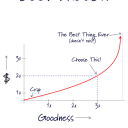


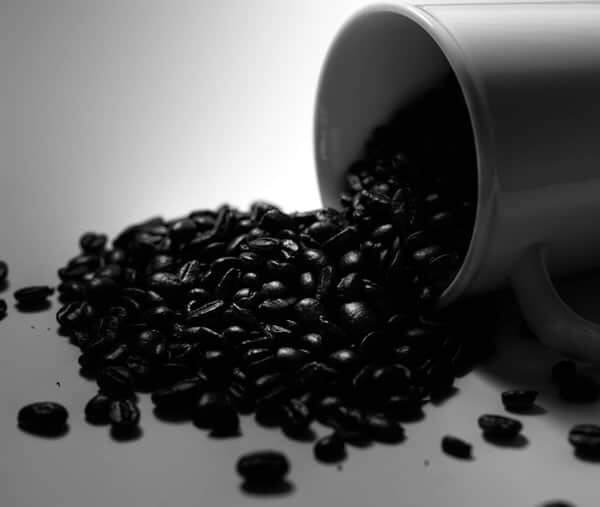
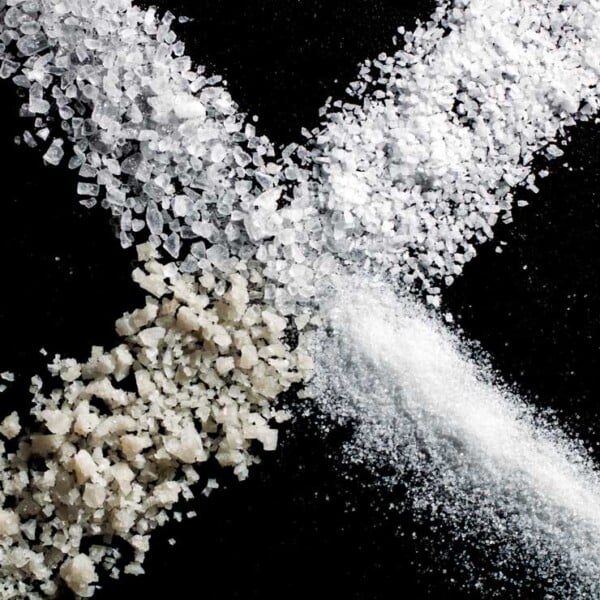
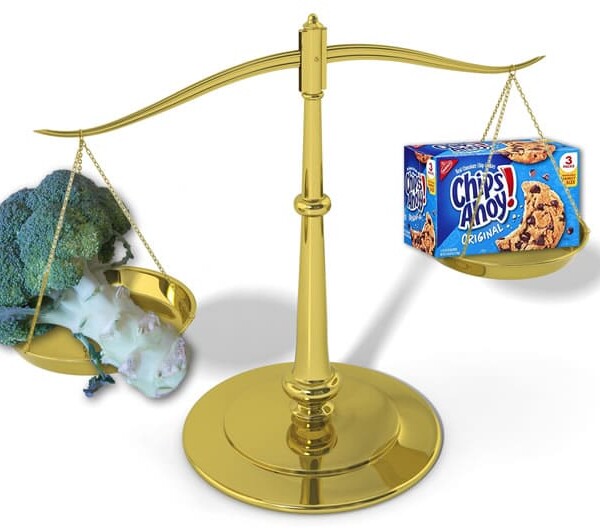















Agreed … whether shopping for produce or shoes, it’s a cost benefit analysis, and you gotta pay attention to your priorities and what makes something “three times as good”. 🙂
How did I know you’d be able to apply this to shoes? (Are those Blahniks three times as good?) 😉
@Barnmaven, another resource you might want to check out is “100 Days of Real Food.” Lisa, the blogger, fed her family of 4 healthy, fresh, real, unprocessed foods for 100 days on a food stamp budget. http://www.100daysofrealfood.com/
Yes, Lisa is a terrific resource (and I consider her a friend, too). Thanks for the suggestion, Kimberly!
Yeah, I would jump in and make the case that Andrew is supporting Barmaven’s case exactly: that hilariously overpriced food, just like hilariously overpriced speaker cables, are not worth it.
What this post says is that you should draw your OWN curve of value and price, and don’t worry so much about the products far up on the curve that are three times (or ten times, or a hundred times) more expensive. You aren’t missing anything by not buying them.
PS: Andrew, it would have been nice to have done a “blind listening test” on those cables, wouldn’t it? I’ve done blind taste tests with wine and come up with hysterical results… especially from the people who claim to have sophisticated palates but who end up preferring the cheaper wines. 🙂
Dan @ Casual Kitchen
Thanks, Dan. I appreciate your jumping in here and helping clarify/expand my point! 🙂 I wished I could have listened to the cables “blind.” I don’t know if I actually would’ve heard the difference — which is why I specifically said “I think they sound better” and not “They sound better.” Even after listening for awhile, and knowing which cables were which, I had trouble discerning the difference. Maybe my ears aren’t good enough, or maybe there really isn’t a difference and it’s just snake oil. Who knows? (and then again, if money’s no object, there’s value for some people in buying the most expensive item. Actually, even on limited budgets, there’s value for some people in buying the most expensive item! As Nimisha said: Values.) There was a great 60 Minutes episode a few years ago about self-proclaimed Vodka snobs in New York. They collected a group of ten… Read more »
Really enjoyed the post. It is interesting how it does come down to values. I used to be a real sucker for chocolate, the more the better, so I’d eat anything, which really wasn’t great as I was overweight.
Nowadays though if I’m having chocolate I make sure it’s top of the line, organic, fair trade etc. It tastes better to me now that I take better care of myself, but also the fact that it is expensive makes me far less interested in eating it all the time. It’s a win-win!
Michael
Loved this post and how you got to the point. My in laws are visiting from India and they are deal seekers. Cheaper things are more appealing to them. I took my mother in law to the farmer’s market and even though she enjoyed all of the fruits and vegetables, she didn’t value them because she knew they. The same cherries that tasted phenomenal to me tasted bland to her. Though the cheaper (and pesticide-full) cherries tasted sweeter to her. Values.
Thanks, Nimisha. It’s fascinating to me how one’s values can impact one’s sense of taste. I’ve noticed this over and over again, as my palate has changed over time.
Last weekend I had a bite of a lemon meringue pie that looked absolutely delicious. I was excited to indulge a little, but was disappointed because it tasted like chemically-fake lemon to me. Other folks were delightfully eating it, saying how good it was. Perhaps it’s values, or perhaps it’s just a different palate… Or maybe it’s a little bit of both.
I really loved this post, Andrew. I get the analogy of expensive speakers, but, having eaten vegetarian and been a gardener for 20+ years, I can attest to the price gap in healthy food and “processed crap” becoming smaller (not that all veg food is healthy – don’t go there). May I also suggest to @Barnmaven, Emily Levenson’s helpful blog Project:Food Budget. Of course, cooking and growing the raw ingredients really “amps” up quality to quantity ratio, too!
Inexpensive does not equal cheap or unhealthy. I find great produce at smaller markets and they are a fraction of the prices found at the big chains, whether you shop at Albertsons or Whole Foods. It just takes a little more time to find these places. I stretch my dollar to feed my family of five every week. It is very possible to do if you are committed to the challenge.
Thanks, Laura. If you consider your time as a “cost” (time is money, right?), then the principle still applies. By spending more time and energy to find the less expensive items, you’re essentially doubling the cost (give or take), and then finding products that are three times as good (give or take). 🙂
LOVE THIS POST! Love the conversation around values, choices, and limitations.
I am now spending twice as much on produce as I used to before I hit 2 Farmers Markets every week. I’m OK with that as we eat less meat in general (cha-ching) and smaller portions mean less money and losing weight.
I used to go with the cheapest. No more. I’m willing to pay more for something that was grown close by and taste wonderful.
When you are a single mother receiving no child support and there is typically about $5.00 (on a good week) left in your bank account at the end of the paycheck, you don’t get to choose three times better/twice as expensive. You buy the non-organic, cheaper produce that’s more environmentally costly so that you have the money to buy the organic milk and the free-run cow. You have to make choices. Pesticides or hormones? Chemicals in the soil or antibiotics? I have to fee this stuff to my kids on a very tight budget. Its not as easy as “three times as good/twice as expensive.” I would love to see something that is helpful to people like me. Something that speaks to people on a really tight budget who still have to feed the same number of people on the same amount of money and who want to make the… Read more »
Yes, everything’s about choices, and we all have to work within whatever limitations we have. That’s why I specifically included “If your budget allows” at the end! As I mentioned, though, everyone has a different starting point — and it sounds like you are choosing “three times as good,” since you’re making an informed (and very smart!) decision to buy organic milk. It may not follow exactly mathematically, but it’s still part of the same idea. In an earlier draft, I had included a section about looking for 2x/3x when “splurging” — with the point being that everything doesn’t need to be twice as expensive every day (which really, would kind of be nonsensical anyway). Maybe I should’ve kept that in. Are you familiar with Poor Girl Eats Well? Kimberly is a dear friend, and her site is a fantastic resource with tons of wonderful, healthful, low-cost recipes. Definitely check… Read more »
Thank you for the link, I will check her out. I will admit to being somewhat defensive…my sensibilities tell me that eating whole & organic is BEST. My checkbook tells me that some things are just out of reach right now and I hate that.
GREAT conversation! So glad you joined in – and yes – check out Kimberly’s site! I for one would love to know more about your food journey – stay in touch please. Kris
First, thanks for this discussion; I appreciate it immensely. I certainly meant no offense, and your frustration is understandable. It’s not easy, and I didn’t mean to make it sound so. I really wanted the post to be more about defining value than anything else, so I apologize if that was unclear (and I’ve just tweaked some of the language in the post slightly to try to help this point). Really, it’s about the curve at the top. For anything, as you pay more, you get more, but after 2x/3x, you get diminishing returns in value. Yes, the item gets better, but less and less so as the curve gets steeper. To clarify my response to your conventional produce/organic milk example, it sounds to me like for you, organic produce is twice as expensive, and maybe only twice as good. But organic milk is twice as expensive, three times as… Read more »
Barnmaven, do you have direct access to farmers in your area? I have found that forming a relationship with a farmer can open up incredible avenues when it comes to food. I glean organic “seconds” from a nearby farm, drying and canning everything I can get hold of, and often the price is “Take it and use it so it doesn’t go to waste.” At least around here, farmers have a glut of food during harvest and are happy to share the wealth.
I also called around until I found a granary that would sell me 50 pound bags of oats, barley and whole wheat. The price was incredibly good and we’ll be eating well (baked barley is cheap, healthy, delicious and easy!) all winter.
It IS possible. 🙂